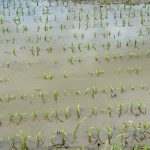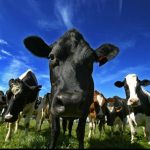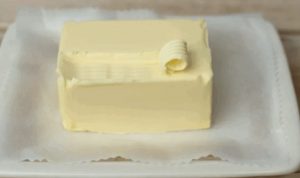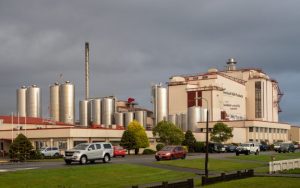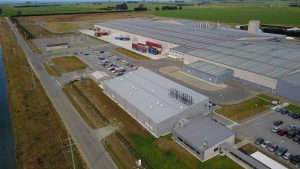
Oceania Dairy, which has a plant just north of Glenavy, is a subsidiary of Inner Mongolia Yili Industrial Group (Yili), China’s largest dairy producer.
Yili acquired Oceania Dairy in 2013 and has invested $650million to significantly increase capacity to produce milk powder, infant formula and UHT production lines and generate export revenue of more than $270 million a year.
There were now 318 staff employed by Oceania and that was expected to grow to 400 as work ramped up on stage three of the development to build a bigger laboratory, an additional ultra-high temperature milk-processing line and an additional canning and blending plant.
Following an initial investment of $230 million, stage one of the state-of-the-art plant began processing milk in 2014.
Stage two of the development lifted overall investment to $400million and enabled production of milk powder, infant formula and UHT production lines and expanded storage.
Stage three also included a second and larger dryer to increase capacity. The new larger laboratory would enable research and development, testing and quality control.
Oceania Dairy general manager Richard Hickson said the company was honoured to play a role in the ongoing development of the dairy industry in the Canterbury region.
Yili, which is state-owned and listed on the Shanghai stock exchange, is in the process of purchasing Westland Co-operative Dairy Company.
Westland has signed a conditional agreement to sell the West Coast dairy co-operative to Yili in a deal worth $588 million.
The transaction was subject to shareholder approval, to be sought at a special shareholder meeting next month.

